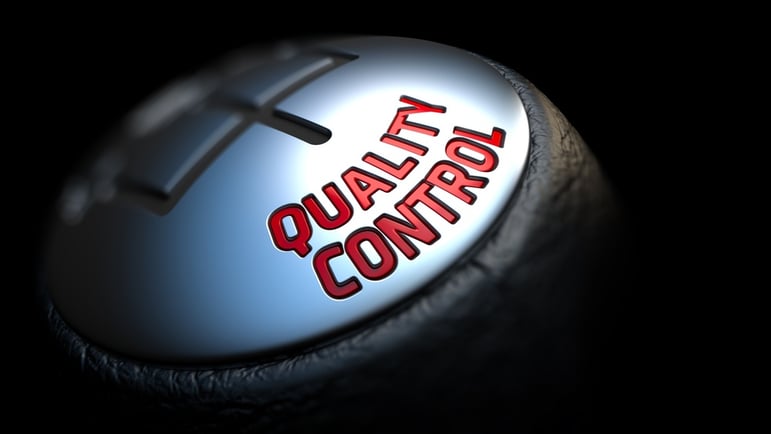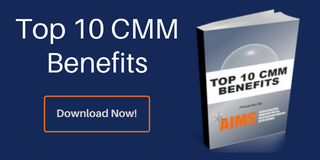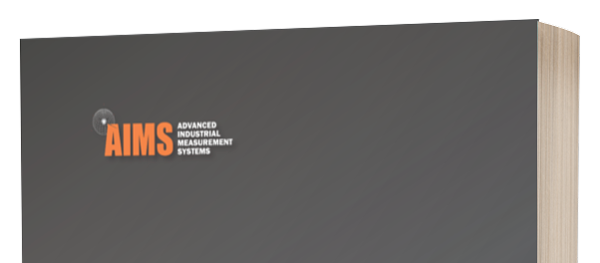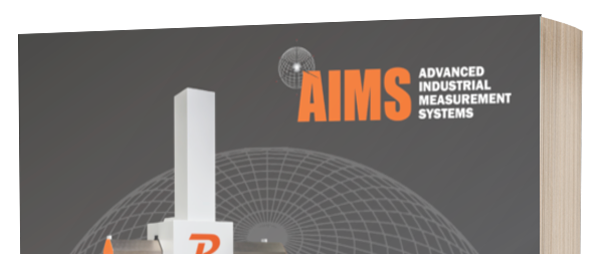
Have You Done Your Coordinate Measuring Machine Spring Cleaning Yet?
If you look at the typical household “spring cleaning checklist” you’ll see items like dust crown molding, wash table linens, dust and clean windows inside and out; clean and disinfect light switches and outlets and polish wood cabinets. “Spring cleaning” is equally important for job shops and manufacturing facilities—especially when it comes to equipment like the 5-axis coordinate measuring machine (CMM).
Calibration and proactive maintenance are two key tasks that need to be performed to maintain optimal throughput and inspection accuracy. So how often do CMMs need a checkup? The OEM typically defines calibration intervals, environment of usage and tolerance limits with which the instrument will conform to its performance standard. The “care tag” often advises annual cleaning, calibration and certification to maintain the machine’s accuracy. Additionally, if a CMM is moved, retrofitted, upgraded or repaired, re-calibration is a must. Even a minor software update can affect a CMM’s accuracy.
Lack of skilled individuals has many manufacturers turning to CMM OEMs to take on calibration and certification tasks. The demand, particularly among aerospace and defense, automotive, power generation and electronics manufacturers, is expected to expand the calibration services market to an estimated $6.84 billion by 2020. Industry-specific requirements are another “to do.”
For example, the automotive and transportation markets have to meet different quality and MIL standards which require CMMs to be calibrated by an ISO/IEC 17025:2005-accredited facility. It’s important to find out if your CMM OEM holds an ISO/IEC 17025:2005 accreditation for calibration from the ANSI-ASQ National Accreditation Board. ISO/IEC 17025:2005 covers testing and calibration performed using standard, non-standard and laboratory-developed methods.
Potential error sources can result from component wear, particularly the guide ways, scales, probe system and qualification sphere. A CMM’s environment, including ambient temperature, temperature gradients, humidity and vibration can be a culprit. Other sources for error are sometimes found in the magnitude and direction of the probe force and measuring speed and the characteristics of the work piece such as elasticity, surface roughness, hardness and component mass.
To perform a complete calibration and certification, your CMM must be evaluated according to the OEM specifications. After all of the data is collected, many mechanical, electronic and intricate error compensation adjustments are required to adjust it to within the manufacturer's specifications.
CMM size and/or manufacturer recommendations dictate choice of calibration artifact – the measurement process that assigns values to the property of an artifact relative to a reference standard, such as a step gauge, length bar, ball plate, hole plate or purpose-made test piece.
The E test uses a set of five length gauges measured three times in seven spatial measurements. One hundred percent of results must fall within specified limits.
The probe system is tested to determine whether or not the CMM is capable of measuring within the manufacturer’s value [PFTU] because it determines the value ranges of the radial distance r when measuring a reference sphere. These can include association with the probing system, apparent form error, contact probing and single. Error mapping is performed to calculate 21 geometric deviations which are broken down into four types: linearity, straightness, rotation and squareness. Laser interferometer offers a higher standard of measurement used to calibrate a CMM for geometrical deviations.
One way to ensure you complete all of your spring cleaning tasks from preventive maintenance to calibration and programming, is to select a CMM OEM that can perform all of these tasks under one roof. Say you land a job that calls for a complex part but you don’t have the resources to program the CMM for it. A one-stop-shop OEM can write the program, test it and send it back to you ready to run. The OEM can also set up a preventive maintenance schedule as well as calibrate your machine. Having to make just one phone call becomes especially important if you need a hardware or software upgrade.
Keep your CMM running like a well-oiled machine. Call us today.
This blog was updated on 6.12.2019


